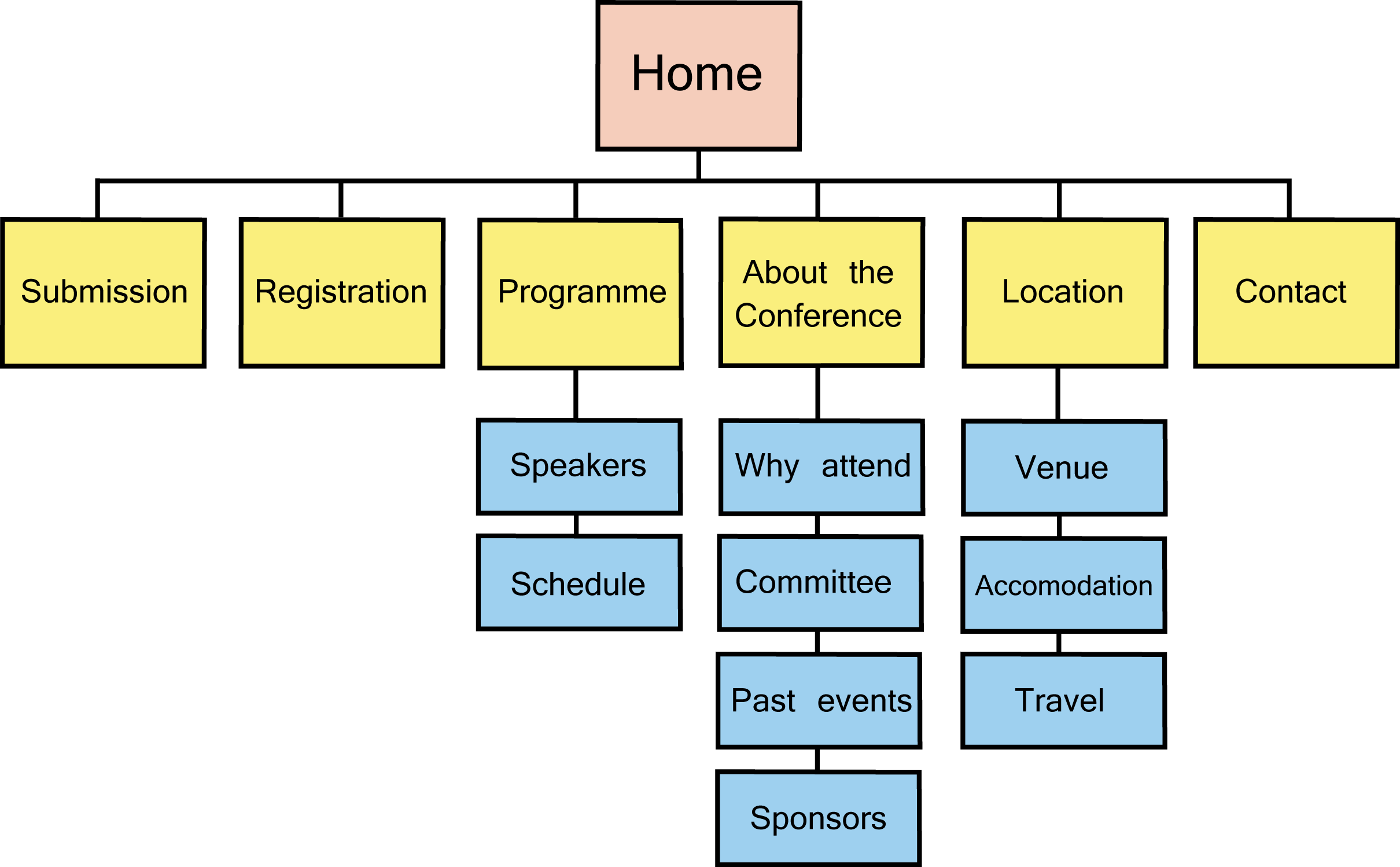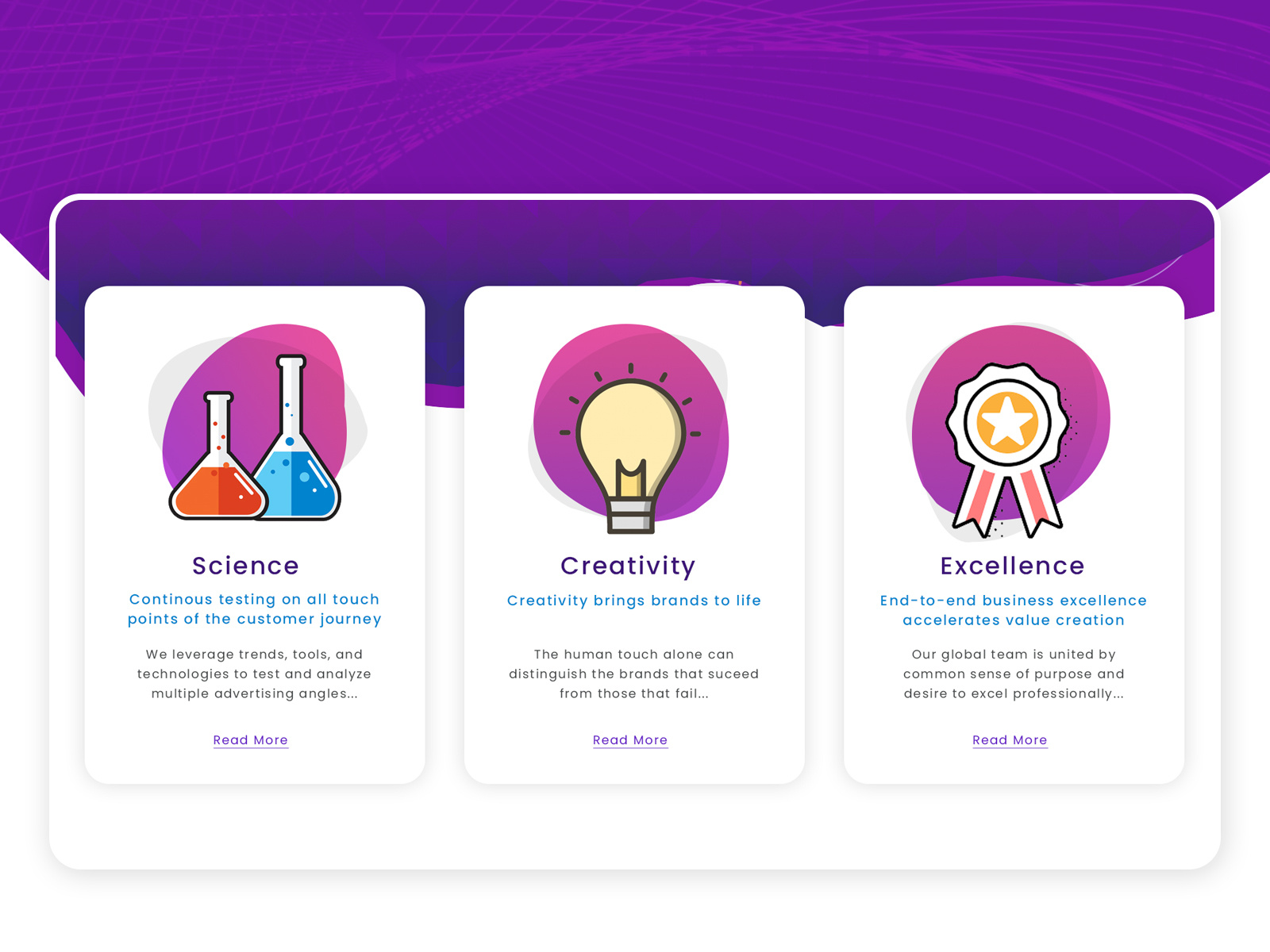Table Of Content

UX, user research, involves all aspects of the user’s interaction with the website, from start to finish. The goal is to improve the quality of interaction between a user and the website. It is the standard method used in web design to specify the size of images. The quality of an image is usually described in terms of pixels per inch, with higher numbers of pixels resulting in a higher-quality image. Infinite scrolling is when the new content loads as you continue to scroll.
Visual hierarchy keeps navigation simple
In practice, this means web pages that conform to the standards set out in the HTML specifications published by W3C, the community that sets standards for web development. These data are available to your browser, but are not displayed as part of the web page you are viewing—you will have to look at the source code in order to access them. CSS stands for Cascading Style Sheets, and alongside HTML, these sheets are the most fundamental part of any web page. A decade ago, the formatting used on a webpage, for something like how large titles were or whether pictures had borders, were defined within the HTML code itself. This meant that changing the formatting was a laborious process of going through each element of a page and changing the code. This means that the next time a user visits the site the page will load faster because it is being loaded from local memory.
of Our Favorite Login Screen Examples
Web development is a broader term, and it includes setting up the back-end side of your website — that is, all the behind-the-scenes coding. Web design, however, is limited to front-end optimization — that is, the part of your website users see. Editing the content itself (as well as the template page) can be done both by means of the site itself and with the use of third-party software. The ability to edit all pages is provided only to a specific category of users (for example, administrators, or registered users).
Visuals keep people engaged
Your site’s usability includes elements such as an easy-to-navigate interface, appropriate use of graphics and images, well-written and well-placed text, and a color scheme. Your site’s performance refers to its speed, ranking, searchability, and ability to capture your audience. Web design is the process of planning, conceptualizing, and arranging content online. Today, designing a website goes beyond aesthetics to include the website’s overall functionality. Web design also includes web apps, mobile apps, and user interface (UI) design, and user experience (UX).

Staging a website is the process of making an almost-final copy of it, and then testing this, before rolling out the live version of the site. Most web developers will “stage” a website before it is released in order to check that everything is working correctly. And often times major changes to a website will happen on the staging site rather than the live site. When another site links to yours in order to direct their readers to a resource, for instance, you have received a backlink. Backlinks are very important when it comes to improving your search rankings, because several backlinks from trusted sites will boost your site’s visibility. A small piece of software that sits on top of your basic site to provide added functionality of security.
Lingscars.com Is the Future of Web Design - VICE
Lingscars.com Is the Future of Web Design.
Posted: Tue, 25 Apr 2017 07:00:00 GMT [source]
By following the best practices we outlined above, you can ensure that your final website meets your expectations and delights visitors alike. So continue reading to learn more about what web design is and why it matters, along with some best practices to action on your own site. Let us know if you're a freelance designer (or not) so we can share the most relevant content for you. As a general rule, visitors shouldn’t have to do any work to use your website. The whole experience of using your website should be straightforward and intuitive. Even the most gorgeous website is useless if it doesn’t match your brand.
Moving from web design to UX design can sometimes be quite straightforward, especially if you’ve done some aspects of user research in your job as a web designer. If you’re wondering where to learn, there are plenty of options available to you, and we’ve highlighted some of the best below. The biggest benefit of moving from web design to UX design is the amount of overlap between the two fields of design. The overlap between web design and UX design is greater if you’ve done some form of user research or iterative process of continually improving a website with user data. UI design, as explained in this video above, involves visualizing and creating the interface of an application, focusing on aesthetics, user experience, and overall look. While responsive design focuses on just the device, adaptive design considers both the device and the user’s context.
Get started for free
We know when someone’s trying to pull one over on us, and it never feels good. The pathways to your site’s sections and content should be clear and easy to use. Imagine an intersection with 3 street options versus 10 — simplicity makes for a better journey. Part of solidifying your site’s purpose is knowing who it's for — who is your audience, what information do they need, and how will your site provide it?
Web Design Elements
A color palette (also known as a color scheme) is a combination of four to five colors you choose to use throughout your website and other marketing material. Its colors, along with the chosen typography, make the brand instantly recognizable and memorable to visitors. On-page elements such as headers, text, images, and CTA buttons can support user goals and needs.
When your browser connects to a website, the HTTP request will include a field called “user-agent” that will inform the server about the type of device attempting to view the page. The adaptive website will know what version of the site to display based on what device is trying to reach it (i.e. desktop, mobile, tablet). Issues will arise if you shrink the browser window on a desktop because the page will continue to display the “desktop version” rather than shrinking to the new size. Here’s a quick overview of the elements you should consider while designing your website to make sure everything works well together. Did you know that web design can have a huge impact on your performance in search engines like Google?
The 22 Most Innovative Web Platforms Of 2016 - Fast Company
The 22 Most Innovative Web Platforms Of 2016.
Posted: Tue, 04 Oct 2016 07:00:00 GMT [source]
Whew, getting web design right is a complex process and there are lots of things to look out for. When you’re working with a professional web designer you can rely on their skill to get the perfect result. Visitors like websites that are engaging and fit the brands’ aesthetics. No matter how you achieve it, meshing an on-brand, engaging look with design elements that convert is how you win at web design. Now that you’ve mastered the basics in website design, be sure to check out more posts to learn more about types of website builders, design trends, design elements, and much more. There are many website builders on the market today that offer a wide range of features and services.
Simply browse designer portfolios and pick the designer you like best and who fits the style and look you’re going for. A freelance designer can customize an existing template or design a completely fresh template for your website. If you want your website built from scratch, you can work with a freelancer who has the skills to make it happen. Prospective customers who search the web for your brand and find nothing might think you’ve gone out of business. If they search and find something subpar, they’ll get the impression that you don’t care much about your company or product.

No comments:
Post a Comment